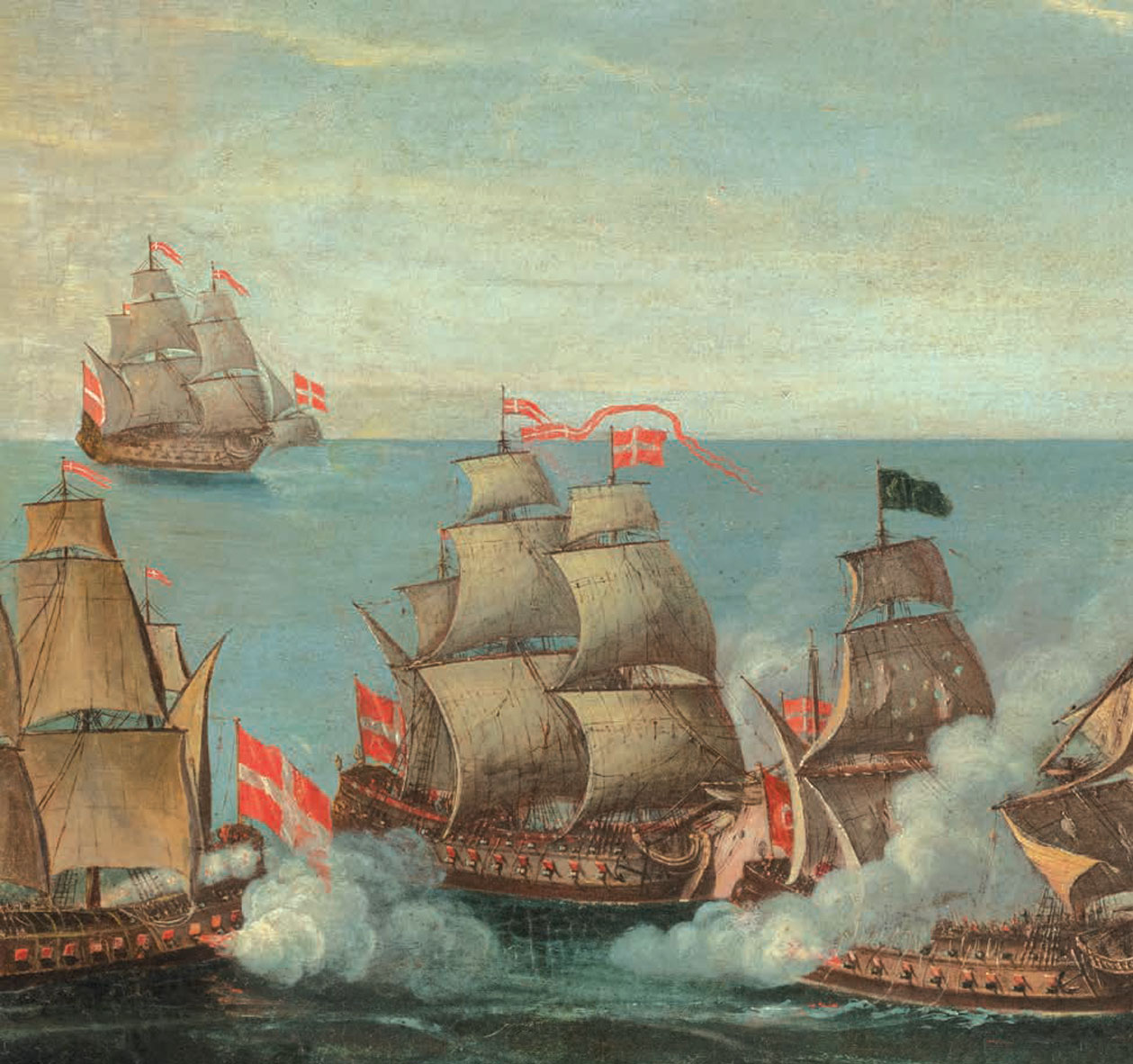Prior to the arrival of the Order of St John in 1530, many Maltese noblemen had already armed their ships and been active in the corso. When in 1432 the Aragonese king attacked North Africa, he was greatly aided by the vessels of Maltese corsairs. Men like the corsair Petrus de Armenia operated from Malta and by the end of the 15th century had conquered the island of Djerba with their small but effective fleet, delivering the keys of that city to the Sicilian Viceroy. The corsairs in Malta were continuously active, always looking to arm anything that floats, ever searching for enemy prizes around the Mediterranean. Malta had always depended on the sea for its livelihood, and corsairing flourished in pre-Hospitaller Malta.
In 1480, the Order of St John asked the help of corsairs from Malta to help them out during the first siege of Rhodes. It is the earliest contact that Maltese corsairs had had with the fabled Order. The coming of the Order to Malta naturally enhanced this first contact. It was this merging of a strong bureaucratic, non-dynastic government, based round a small but effective fleet possessed by the Order’s government and a seaward oriented population, that possibly ignited a new era of Malta-based commerce raiding. The 16th century was marked by almost continuous religious and political wars. Spain and the Ottoman Empire had become the dominant powers in the Mediterranean; large armies and navies were mobilised in the name of both the Christian and Islamic faiths. By the beginning of the 17th century, the importance of corsairs for the states of the Mediterranean was switching from a military role to a more economic one. Captured booty filled the coffers of the monarchs and statesmen, as well as the harbour communities. The many paintings commissioned to commemorate great naval victories of the Order’s fleet and of private corsairs evoke the achievements and the feats of some of the most hardened seadogs of the Mediterranean.








